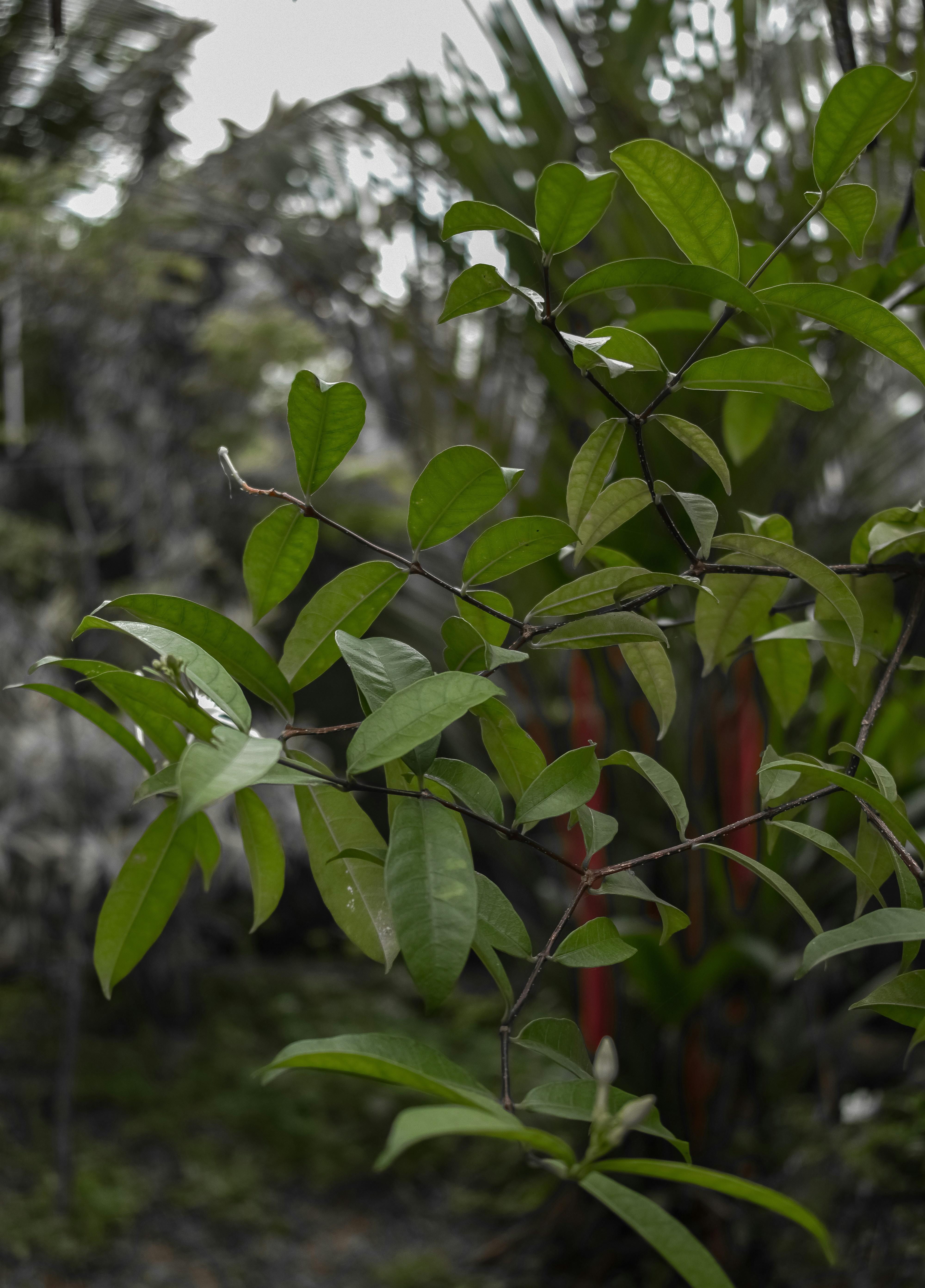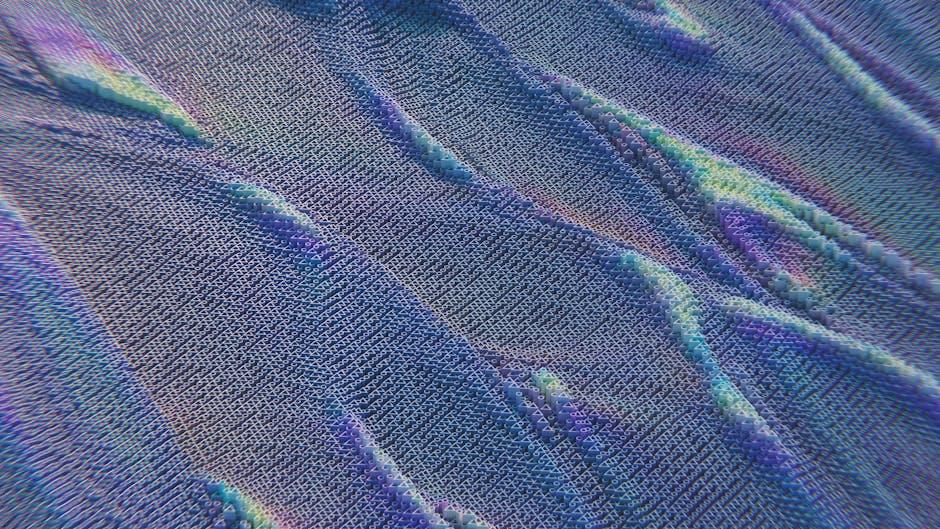In the golden age of cinema, where storytelling wove seamlessly with visual spectacle, filmmakers embarked on a relentless quest for authenticity. From meticulously crafted sets to elaborate practical effects, every frame was a testament to the art of illusion. However, as technology catapults us into an era dominated by computer-generated imagery (CGI), a new question emerges: Are filmmakers trading the raw, tactile essence of authenticity for the convenience of digital wizardry? This article delves into the heart of this cinematic crossroads, exploring whether the allure of CGI has become a double-edged sword, reshaping the very fabric of filmmaking as we know it.
Balancing Artistry and Technology in Modern Filmmaking
In the age of digital cinema, the delicate dance between artistic vision and technological innovation is more pronounced than ever. Filmmakers find themselves at a crossroads, where the allure of CGI offers unprecedented possibilities, yet also poses a threat to the authenticity of storytelling. This dynamic creates a landscape where the tactile, organic essence of traditional methods can sometimes be overshadowed by the convenience of digital effects. The challenge lies in ensuring that the heart of the story remains intact, even when pixels replace practical effects.
- Craft vs. Convenience: Traditional techniques often require meticulous craftsmanship, while CGI can offer quicker, scalable solutions. This can lead to a tug-of-war between preserving artistic integrity and embracing efficiency.
- Visual Impact: CGI can create stunning visuals that are otherwise impossible, but over-reliance may result in a loss of emotional depth and audience connection.
- Authenticity: While digital effects can enhance storytelling, the question remains: are they enriching the narrative or merely filling gaps?
Striking the right balance involves not just the tools, but the intent behind their use. By prioritizing the story’s soul, filmmakers can ensure that technology serves as a complement to artistry, rather than a replacement.
The Impact of CGI on Storytelling Authenticity
In the realm of filmmaking, the use of CGI has become a double-edged sword, offering unparalleled creative freedom while posing challenges to the authenticity of storytelling. The allure of computer-generated imagery lies in its ability to conjure worlds and creatures beyond the reach of traditional methods. Yet, this very power can sometimes lead to a disconnection from reality, as filmmakers may prioritize visual spectacle over genuine narrative depth. The question arises: are these digital marvels enhancing the story, or merely masking a lack of substance?
- Visual Realism vs. Emotional Truth: While CGI can create stunningly realistic visuals, it often struggles to convey the emotional weight that practical effects or real locations naturally imbue.
- Shortcut to Creativity: The ease of CGI solutions might tempt creators to bypass creative problem-solving, potentially leading to less innovative storytelling.
- Audience Engagement: Over-reliance on digital effects can sometimes alienate viewers, who may yearn for the tangible textures and imperfections of practical filmmaking.
Ultimately, the challenge for filmmakers is to strike a balance, using CGI not as a crutch, but as a tool to enhance and support the story’s core authenticity.

Crafting Realism: When to Choose Practical Effects
In the quest for authenticity, filmmakers often face the dilemma of choosing between practical effects and CGI. Practical effects—from intricate makeup to elaborate set designs—offer a tangible quality that can immerse audiences in the narrative. The physical presence of these elements can evoke genuine emotional responses, making scenes feel more grounded and real.
However, opting for practical effects involves careful consideration. Here are some scenarios where they might be the ideal choice:
- Close-up shots: Where detail is crucial, practical effects can enhance texture and realism.
- Stunt sequences: Real-world physics can lend a sense of danger and immediacy.
- Period pieces: Authentic props and costumes help capture the essence of an era.
- Intimate scenes: Physical elements can foster a more natural interaction between actors.
By blending both practical and digital techniques, filmmakers can craft a visually compelling experience that honors the story’s authenticity.

Guidelines for Integrating CGI Without Compromising Vision
To maintain the artistic integrity while utilizing CGI, filmmakers should prioritize a balanced approach that respects the original vision. Understanding the story’s essence is crucial before delving into digital enhancements. This ensures that CGI serves as a tool to enrich the narrative rather than overshadow it. Collaboration between directors, VFX artists, and cinematographers can help maintain this balance, ensuring that each frame resonates with the intended emotional and visual impact.
- Emphasize Practical Effects: Whenever possible, integrate CGI with practical effects to create a more tangible and immersive experience.
- Preserve Authenticity: Use CGI to complement, not replace, the core elements of the film, such as real locations and natural lighting.
- Maintain Consistency: Ensure that the digital elements align seamlessly with the film’s style and tone, avoiding jarring transitions.
By adhering to these guidelines, filmmakers can leverage CGI to enhance their storytelling without compromising the authenticity that audiences cherish.

